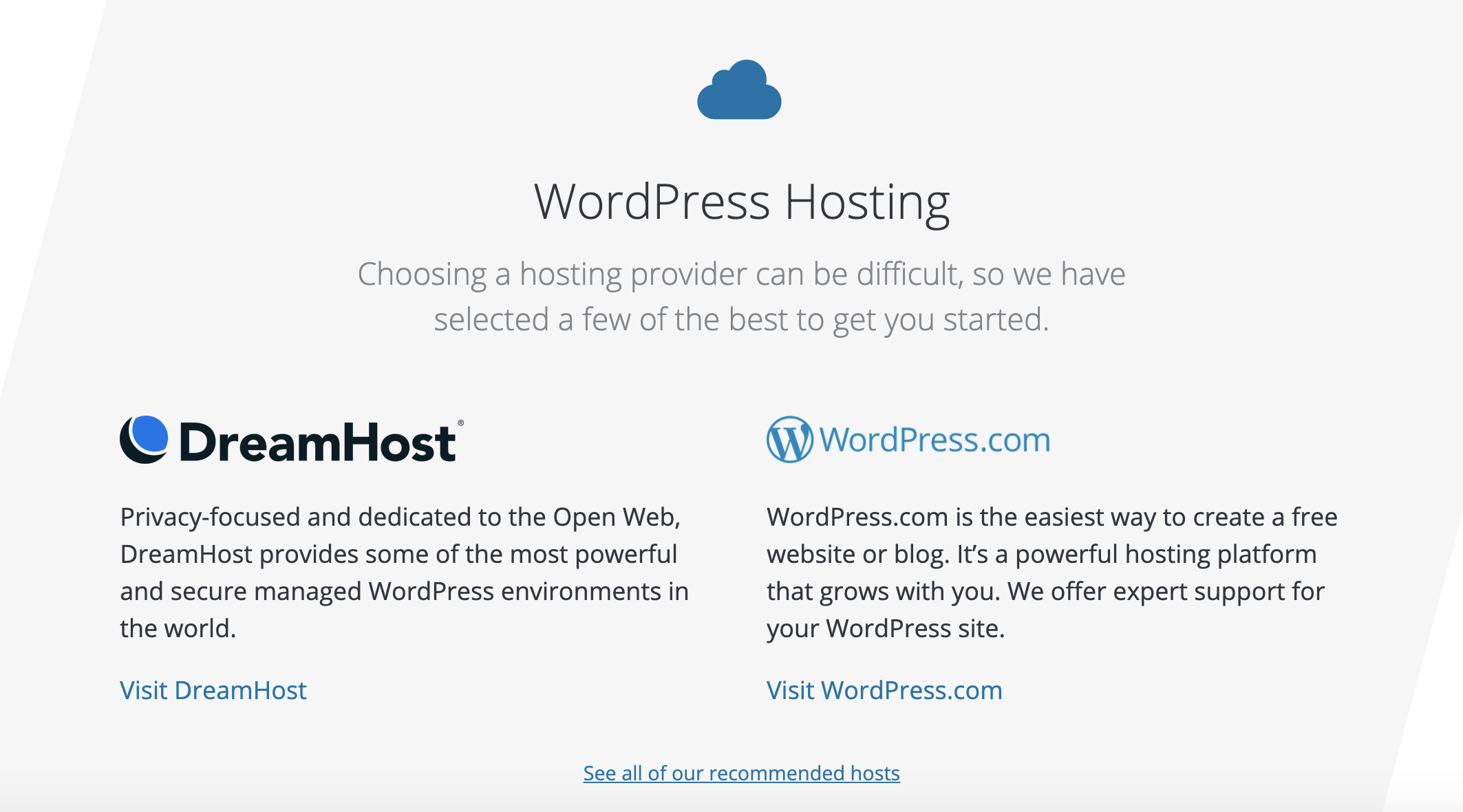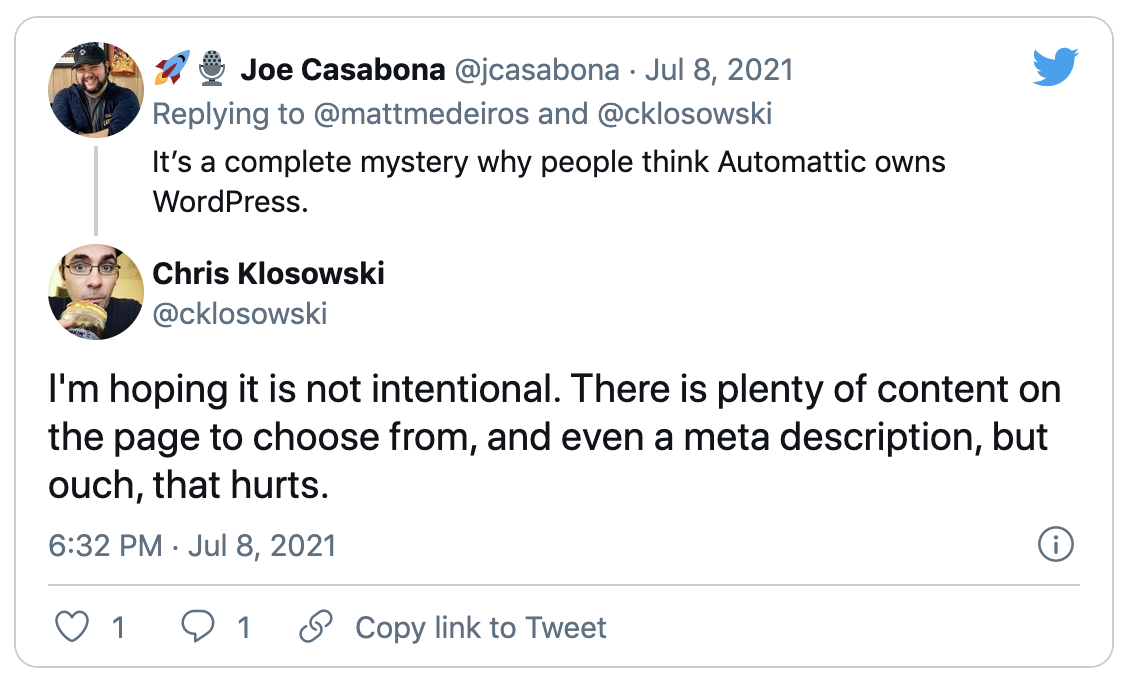Your business structure affects your taxes, capital funding capability, paperwork, and your personal liability. Rushing to a decision can have consequences—serious ones—so it’s best to review your options carefully.
Many business owners find themselves mulling over LLC vs. partnership business structures. As each choice has its share of pros and cons, you have to consider which one aligns best with your short-term and long-term business goals.
Keep reading as I discuss the differences and similarities between LLCs and partnerships in detail to help you choose the right structure for your business.
What are LLCs and Partnerships?
Before deep-diving into these corporate structures, let’s first define them.
What’s an LLC?
An LLC, which is the acronym for Limited Liability Company, is a business legal entity that combines the operations of a partnership with the limited liability protection of a corporation.
LLCs can have one or more owners called members. Every member has a percentage of the business equity or ownership and is responsible for running the business following an operating agreement.
An LLC is also regarded as a pass-through entity. This enables members to claim the company’s profits or losses on their individual tax returns, which, in turn, helps them avoid the double taxation effect.
It’s due to these benefits that LLCs have become increasingly popular among entrepreneurs.
What’s a Partnership?
A partnership is an arrangement between more than one party—otherwise known as partners—who agree to run a business together. There are four different partnership variations: general partnership, limited partnerships, limited liability partnership, and limited liability limited partnerships.
One significant distinguishing factor between an LLC and a partnership is that the latter must be formed by more than one co-owner. A partnership cannot be created by one entrepreneur and needs at least two partners.
The partners have to create a partnership agreement to define their share of the equity. This share can be of varying degrees, but they must equal 100% in total. For instance, a partnership of three can have stakes of 30, 25, and 45.
Similar to an LLC, a partnership is also a pass-through entity. But while a partnership structure is considered a taxing entity by the IRS, an LLC isn’t.
The Basics of LLCs vs. Partnerships
This section will take a closer look at how the different LLC vs. partnership business structures fare against each other.
Business Formation
Starting a partnership or LLC is fairly similar, but there are a few differences.
There’s a lot of flexibility in who can create an LLC—individuals, corporations, other LLCs, and groups can all form an LLC. Additionally, an LLC can have any members, assuming you don’t elect to be taxed as an S-Corp. If you do, you’ll have to limit the ownership to up to 100 members.
In the case of a partnership, you have to consider the different types of partners you need before choosing a partnership business structure.
A general partnership, for instance, can be owned by two or more partners, irrespective of who they are. But to form limited partnership ownership, you‘ll need at least one “general partner” and one “limited partner.”
Similar to an LLC, partnerships don’t have any limit on the number of partners. Their share of the company and the profits for every partner should be indicated in the partnership agreement.
Moreover, a partnership may come to an end if a partner dies or decides to sell his ownership stake. But, unless an LLC has a specific dissolution date mentioned in its articles of organization, it’ll have an unlimited life.
Limited Liability Protection
This is the most crucial difference in the LLC vs. partnership debate.
Suppose you cannot repay a debt to your business owners for whatever reason. Wouldn’t it be nice to know your chosen business structure protects your personal assets from your business creditors? An LLC gives you that protection by limiting your liability.
That said, there are times when LLC members may be personally liable for a debt. This can include mismanaged business affairs, engaging in illegal activities, having personally guaranteed a loan, and so on.
Partnerships generally don’t offer limited liability protection, except in the case of limited partnerships.
A general partner has unlimited liability for the limited partnership’s debts and obligations, but a limited partner doesn’t have personal liability for their partnering obligations. To enjoy this benefit, though, limited partners have to give up the right to participate in the company’s day-to-day management.
Taxation
Put simply, there’s no difference between LLCs and partnerships when it comes to taxes.
Both business structures are considered “pass-through entities” for tax purposes, causing all income and losses from the businesses to flow through the business owner’s tax returns. In other words, the business itself doesn’t pay any income tax. Moreover, the total profit earned is subject to employment taxes and income tax.
Even for limited partnerships, the profits and losses passed through to its partners, who then report them on their individual personal tax returns and pay taxes on their share of the profits. You must note that limited partners don’t usually pay self-employment taxes on their share of the profits simply because it’s not considered “earned income” under law.
What’s interesting here is the treatment of limited liability partnership.
An LLP is considered a disregarded entity under the law. Its profits and losses are allocated among the company’s partners. LLP partners must report their portion of the company’s earnings on their personal income tax returns and then pay income tax and self-employment taxes.
5 Tools to Improve LLC and Partnership Formation
Read on as we outline the five best software services online that also offer excellent LLC and partnership solutions. You can choose any service to help you start your business.

BetterLegal is the go-to option for entrepreneurs seeking a reliable business formation process and legal assistance.
It has just one formation package on offer to get the job done right off the bat. No confusing subscription plans, no upsells, and no hidden costs.
According to the business incorporation service, you’ll have your business set within two business days and receive your documents on the third day.
You also get access to a large network of lawyers and legal professionals. Technically, the company doesn’t have lawyers on its team—instead, they refer you to a reliable one using their connections.

ZenBusiness is considered one of the best online incorporation services on the market.
It offers an excellent combination of affordable rates and top-notch service. In fact, a huge majority of customer feedback supports this position, raving about how ZenBusiness provides a lot of value to their customers.
What’s more, the platform is user-friendly and has an intuitive website layout that makes navigation a breeze. A responsive and efficient customer support team is the cherry on top.

With low subscription fees and fast and easy incorporation services, IncFile is another option you can consider to start your business.
IncFile is the only online incorporation service that doesn’t charge users to register their businesses. At the same time, it does offer premium plans that include extra features, such as employee identification number (EIN), business contract templates, and expedited business filing.
The service has a comprehensive educational resource database that can be helpful for even the smallest of businesses. Once you sign up as a customer, you can check your order status directly from your dashboard, making things convenient and easy to follow.

LegalZoom is a well-renowned online legal business technology company that strives to assist clients through a wide range of legal services.
Since 2001, this incorporation service has helped over 4 million businesses and clients resolve their legal problems, most of which don’t require hiring a legal professional or law firm. It gives users access to a large community of lawyers at a surprisingly low cost for both business and personal matters.
You can expect accurate business tax advice, legal documents review from attorneys, business formation and paperwork filing, treatment registration, and more from LegalZoom.

As the name suggests, NorthWest Registered Agent initially specialized in registered agent service only. But, with time, they’ve started offering fantastic business formation services, including incorporation.
In addition to being easy to use, this service has a very transparent process. You can browse ahead through the process and find out what paperwork you’ll need based on your state and what steps are left. Unsurprisingly, Northwest‘s registered agent services are one of the most comprehensive ones you’ll find on the market.
This agent will be responsible for renewing your business every year with the state and will be your main contact for all your legal documents. Furthermore, Northwest also offers a virtual office address, a customized operating agreement, and customized corporate bylaws.
3 Tricks to Help You Choose the Right Business Structure
You now know how crucial choosing the right corporate structure is for your business. To help you make the right decision, here are three incredible tips:
Consider Your Legal Liability
Think about whether you are willing to be held accountable for your business’s debts and obligations.
Limited liability companies and partnerships protect your personal assets from creditors if there’s ever a time when you cannot repay them. You won’t have this protection if you opt for a general partnership. However, if you can afford to risk that liability, setting up a general partnership could be a good option.
Consider Your Tax Implications
Think about your business goals. Then figure out which business structure would give me maximum opportunities to minimize taxation.
While corporations have more tax options when compared to partnerships and proprietorships, you also have to deal with double taxation. A good alternative is to set up an LLC and elect to be taxed as an S Corporation. This will help you avoid the double taxation issue without losing your limited liability protection.
Consider Your Future Goals
You want to get your business off the ground as soon as you can. Precisely why it’s easy to be caught up in the moment. However, if you want to survive in the long run, you need to change your viewpoint and adopt long-term thinking.
What will your business look like three or five years down the line? What will happen to the business after you die? Do you ever plan on selling your business or your share of the company? What do you want to happen when you are no longer around to run the business?
There’s no guarantee your choice of business structure will meet your requirements in the years to come, but converting companies in the future is a very time-consuming process. It’s best to talk to an expert to ensure you make the right choice.
What to Do Next
Not only a partnership and an LLC, but you should compare all the available business structures before choosing one. After all, the entity you form will affect your business success both professionally and personally.
After making a decision, focus your energy on setting things in motion with regard to formation. You can use the above incorporation tools for this—just sign up with a service, and they’ll take things from there.
Want more? Here are some more QuickSprout articles to help you run a business successfully:











